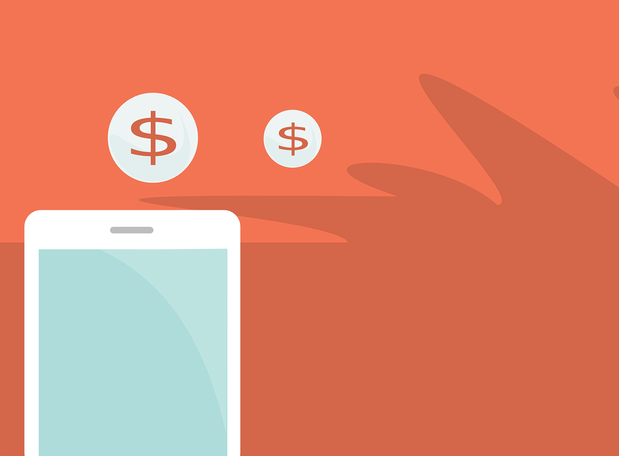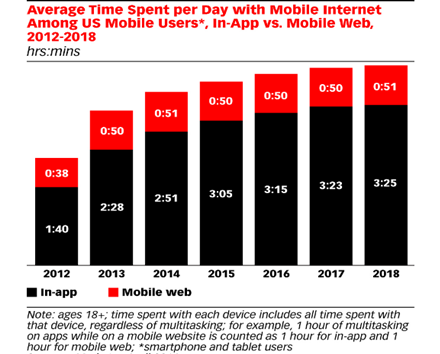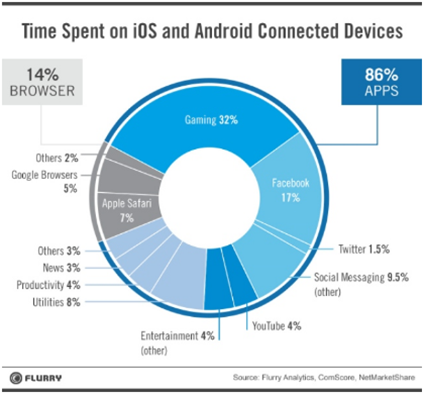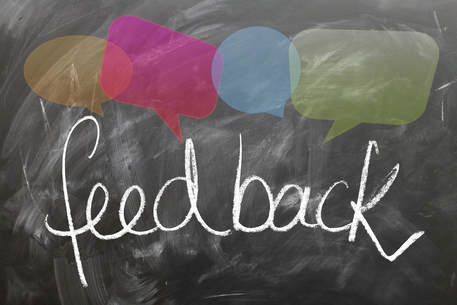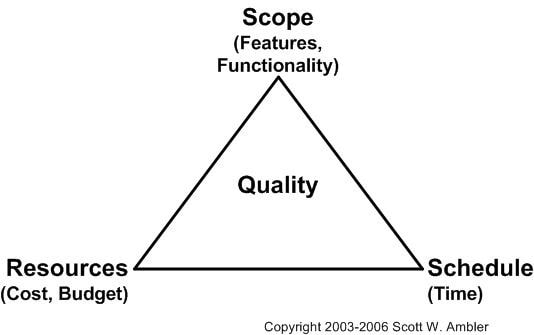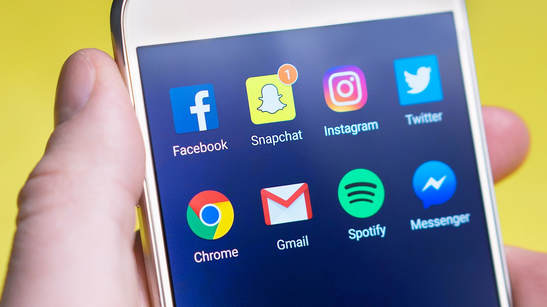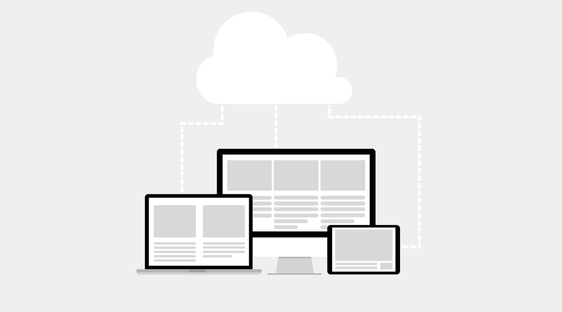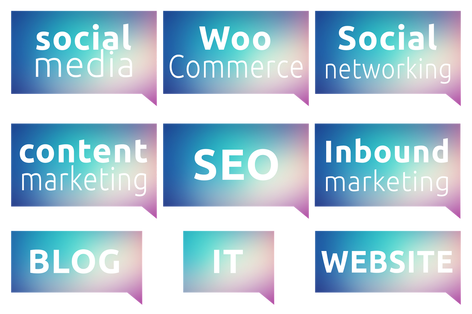Well, if you have an app and if you use the right tactic, you can make money too!
In-App Purchases
Here, the user is allowed to download a free version of the app. For example, Candy Crush users are allowed to download the game for free but if they wish to buy more extra lives they need to make a payment. The same thing is available in dating apps such as Tinder, Woo – in these apps by making a payment, you can send crushes to other users and your profile is also given a boost to get you more likes and matches; whereas a user who doesn’t pay doesn’t receive these benefits.
According to statistical research, in-app purchases get 76% of all the revenue in the Apple App Store in the US, and over 90% in the Asian markets.
In-App Advertising
You can make monetary benefits by using the age old traditional model of advertising. Free apps can give certain placements, sizes and positions to the advertisers. The money earned from advertising can vary according to the kind of ad and the user. Click-through are paid differently, where as videos are paid more than static ads. Also, the payment differs from user to user, for example, a user accessing the ad from the States will contribute more monetarily than the user from India.
One Time Purchase
In this kind of purchase, the user needs to pay for the apps only once and all the other features and upgrades are expected to be free. In this kind of scheme, there is no repeat revenue from the customer unless it sells paid merchandises or a yearly renewal (or based on a renewal system).
Free Apps with Advertising
You can make a good amount of money on your app if it is something that users constantly logs into, for example, a news agency apps that the user uses on a day-to-day basis to keep up with the news can earn a lot of money through advertising.
But advertising should also be done prudently; the user experience should not be frustrating. A study done in 2015 states “the top performing banner ad sizes/positions by conversion rate were about 320×50 or 300×250 pixels and took up either a slice of the bottom of the screen, the lower half of the app, or a slice across the center of the screen. Interstitial ads, commonly found in gaming apps, are full-screen video or static image advertisements that can be very obtrusive if not timed correctly”.
Source: https://www.emarketer.com/Article/What-Display-Ad-Sizes-Drive-Best-Viewability-Rates/1011670
There are also native ad concepts that can be incorporated that are designed to look like a part of the app. For example, videos and advertisements are found in intervals in apps like Facebook and Instagram.
Introspecting Your App for Monetization
Now, let’s take a look step-by-step if your mobile application can earn you some revenue:
- Identify similar apps like yours and identify the opportunities they missed to monetize their app.
- If your app is free, then you can include paid features in your app to monetize it, for example, if it is a gaming app, you can give an option to the user to pay for certain advantages.
- If you charge for your app provide subscriptions or renewal fees over a set amount of time.
- Find the correct ad for your app, for example, if your page is about exercising, rent some space to advertisers that promote health products, healthy lifestyle or sport gears or equipments.
- If your app is meant to boost your existing brand or business, try not including in-app purchases or advertising.
- Grow a large user base for your app by sponsoring your app ads on social media pages in intervals.
- Know your app market and users by carrying out a market research and getting an in-depth knowledge about your competitor’s mistakes or profits.
Remember, the best in-app purchases are intuitive and just make sense within the context of the user experience. Whatever strategy you adopt, keep a track of your own data and monitor it. Try new things based on the data, test them and find the monetization strategy that works in your favor. It’s time to get rich folks!

